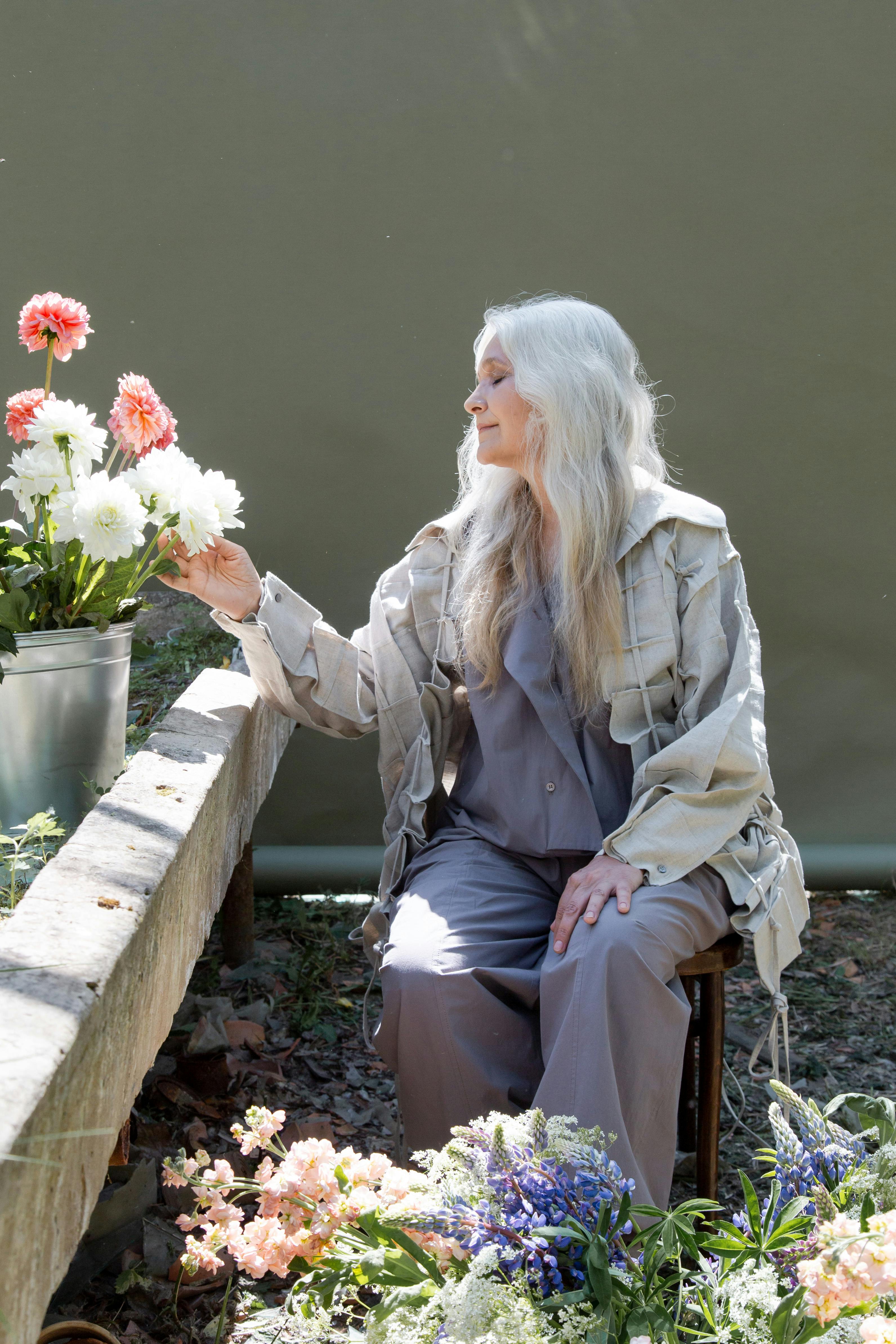I used to think I was invincible. Early thirties, career soaring, living that “hustle culture” dream. My body? Just a vehicle. It ran on coffee, minimal sleep, and sheer stubbornness. Little aches? Just stress. Constant fatigue? Everyone’s tired. Brain fog? Too many tabs open in my head. I brushed it all off, a master of self-deception. My mantra was “push through.”
Then the whispers started getting louder. Not metaphorically. My muscles ached in ways they never had, a deep, persistent throb that no amount of stretching or hot baths could touch. My joints became stiff, unwilling to cooperate, especially in the mornings. It felt like my own skeleton was betraying me. I’d wake up feeling like I’d run a marathon, even if I hadn’t moved an inch.
My skin started to flare up, strange rashes appearing and disappearing, leaving angry red patches. It’s just an allergy, I told myself. A new detergent. My partner, bless their observant heart, started asking questions. “Are you sleeping okay? You look… drained.” “You’re limping today,” they’d point out, and I’d just shrug, blaming an old sports injury.

A woman in her garden | Source: Pexels
The turning point was the pain. Not just aches, but a searing, stabbing pain that would shoot through my hands and feet, making simple tasks like opening a jar or walking down stairs excruciating. My hands would swell, my fingers looking like sausages. I couldn’t ignore it anymore. The fatigue became a crushing weight, dragging me down, stealing my focus, making work feel impossible. I was scared. Truly scared. This isn’t normal. This isn’t just stress.
Finally, after months of denial, I dragged myself to the doctor. The first appointment was a blur of questions, blood tests, and referrals. It felt like I was on an assembly line of worry. More doctors, more specialists, more vials of blood, scans, endless waiting rooms filled with fear etched on strangers’ faces. Each negative test result was a temporary relief, followed by a deeper dread – if it wasn’t that, what was it? The uncertainty was a torment. My body felt like a puzzle, and no one had the missing pieces.
Then came the call. The rheumatologist. Their voice was gentle but firm. “We have a diagnosis for you.” I braced myself. They spoke words I barely understood at first: “Autoimmune disease… chronic… a type of inflammatory arthritis… affects your joints, skin, and can impact other organs…” It hit me like a physical blow. I wasn’t invincible. My body wasn’t just tired or stressed; it was attacking itself. My own immune system, designed to protect me, was waging war from within. How could this be happening? Why me?

A woman crying | Source: Pexels
The initial shock gave way to a strange sense of clarity. This was real. This was my life now. The journey to learn to live with this condition was grueling. Medications, diet changes, physical therapy, endless research. I learned to listen. Truly listen.
Every twinge, every ache, every whisper from my body became a vital message. Is this a flare-up? Am I pushing too hard? Do I need rest? I became an expert in my own physiology, tracking symptoms, understanding patterns, anticipating bad days. My life became a meticulous experiment in self-care.
I learned to advocate for myself, to say “no” when I needed to, to prioritize my well-being above all else. This diagnosis, as terrifying as it was, taught me profound self-respect. It forced me to slow down, to be present, to understand my limits. It was a brutal education, but I was becoming stronger in a different way.
One of the tests, early on, was a deep dive into my genetic markers. They were looking for specific genes linked to this particular autoimmune disease, trying to understand my predisposition. The doctors had mentioned some “unusual markers,” but said they weren’t directly linked to this condition, just “interesting anomalies” in my genetic profile.

A woman laughing | Source: Pexels
They said it was nothing to worry about. Just genetic noise. But I had become an obsessive researcher. I’d spend hours poring over medical journals, cross-referencing information, seeking out every crumb of knowledge about my condition, and any related findings.
One night, several months into my meticulous self-monitoring, deep down the rabbit hole of obscure genetic studies, something clicked. A specific gene, an allele, that was flagged in my original genetic report. It was a marker for a rare, very specific metabolic pathway. A pathway that was incompatible with… well, with the genetic profiles of my parents.
My breath hitched. I re-read the report, then cross-referenced it with general genetic databases. And then again. And again. The information stared back at me, stark and undeniable. This specific marker, this tiny, seemingly innocuous piece of my DNA, could only exist if one of my biological parents carried it. And according to everything I knew, according to the genetic tests my parents had taken years ago for a separate health screening (which I now remembered vaguely), neither of them possessed this gene. Not my mother. Not my father.

A serious man on a call | Source: Pexels
A cold dread spread through me, far worse than any pain my autoimmune disease had ever inflicted. My mind raced, trying to find an explanation, a medical error, anything. But the data was clear. My body, in its relentless quest to reveal its inner workings, had given me a secret far more profound than any diagnosis. It wasn’t just telling me about its own battle; it was screaming a fundamental truth about my very existence.
I looked at my reflection, suddenly a stranger staring back. Every feature, every shared smile or frown I’d attributed to one parent or the other, became a question mark. How could this be? My entire life… a lie? The sudden realization was like a physical punch. My diagnosis had taught me to listen to my body. And my body, in its silent language of cells and genes, had just told me I was not who I thought I was. I WAS NOT MY PARENTS’ BIOLOGICAL CHILD.

A puppy outside | Source: Pexels
The fatigue I felt, the pain, the profound sense of betrayal – it wasn’t just from my own body attacking itself anymore. It was from a secret, buried deep, now exposed by the very illness that had forced me to pay attention. My body had literally revealed a family lie. And the pain of that truth, the absolute, shattering pain, was far, far worse than any physical symptom I had ever endured. My body had been screaming, not just about my health, but about my very identity. And I had finally listened.

